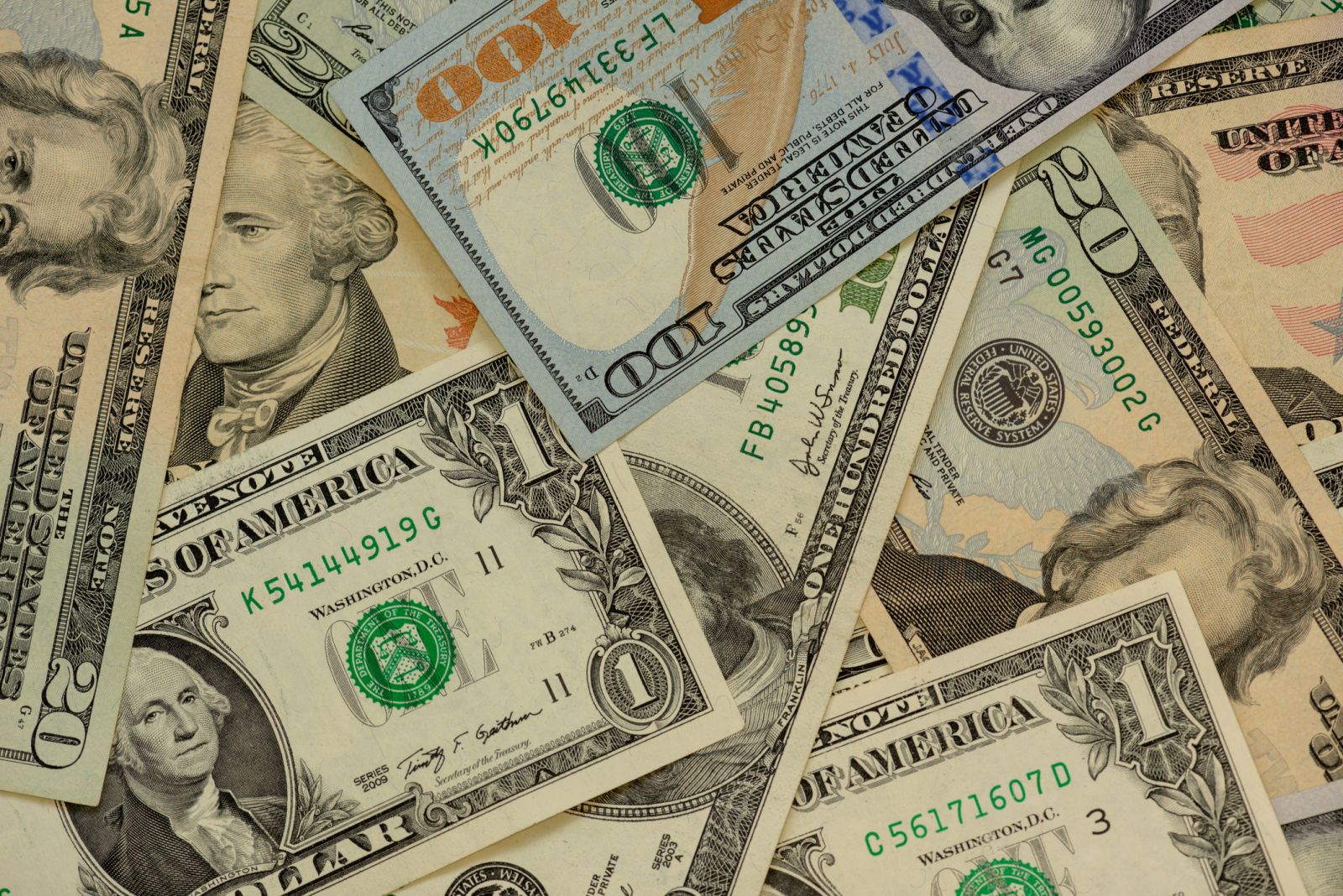Why is the dollar still under pressure?

As the dollar index continues declining — on Monday it fell below the 99 mark — talks have surfaced about a possible currency war triggered by Trump to boost U.S. exports. The logic is that foreign companies and consumers can buy more U.S. goods for the same amount in their own currencies with a weaker dollar.
That may be part of it, but the dollar's sharp drop has other drivers. For starters, Trump's trade wars have triggered capital outflows. In the week ending April 16, LSEG Lipper reports $11.13b flowed into European equity funds and $3.64b into Asian ones, while U.S. equity funds saw $10.62b in outflows.
What is the connection?
When money leaves the United States, those dollars are often exchanged for foreign currencies, such as the euro. This increases the global supply of dollars (as people sell them) and increases demand for other currencies (as people buy them). That shift naturally puts downward pressure on the dollar.
Another driving force is Trump's ongoing pressure campaign on the Fed, demanding rate cuts. On Monday, for example, he stated, "Energy prices have fallen significantly, food costs (including Biden's egg catastrophe!) are way down, and inflation has all but disappeared. Europe has already lowered rates seven times."
However, he ignores that his own trade wars are likely to reignite inflation in the U.S. Whether it is more expensive imports or the cost of offshoring factories, companies will inevitably pass those costs on to consumers. That is precisely why the Fed is holding firm: inflation has not gone away but is waiting.
So, where does this leave us?
If we put aside the currency war theory, Trump's policies are shaking investor confidence, and that may be the main driver behind the dollar's decline. The drop could reverse quickly if Trump reverses the tariffs and stops attacking Fed Chair Powell. But for now, the XAUUSD rally suggests that scenario seems highly unlikely.
Some predict a continued decline in the dollar for the latter. But it's worth noting that protectionist policies could support a stronger dollar in the long run. Higher tariffs reduce imports (by making foreign goods more expensive), while exports could remain stable — or even increase — as long as other countries do not retaliate.